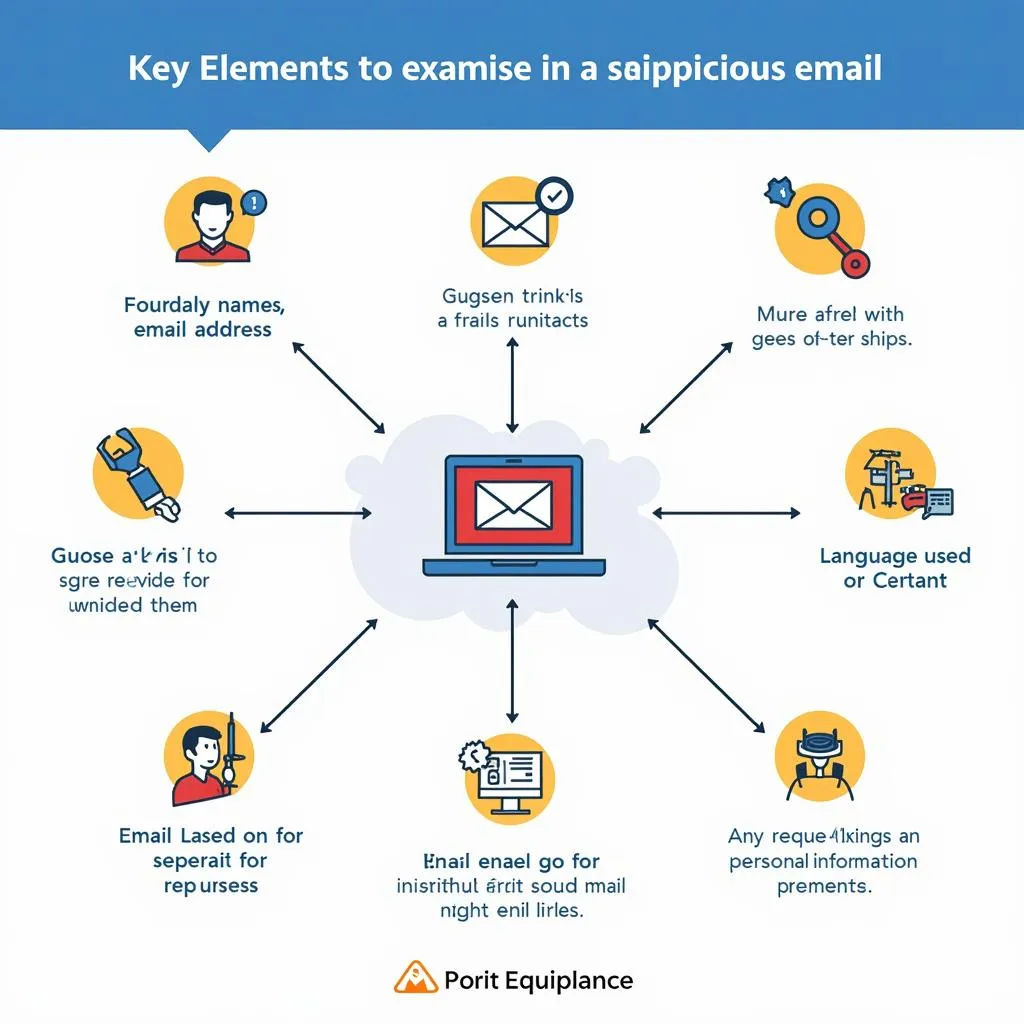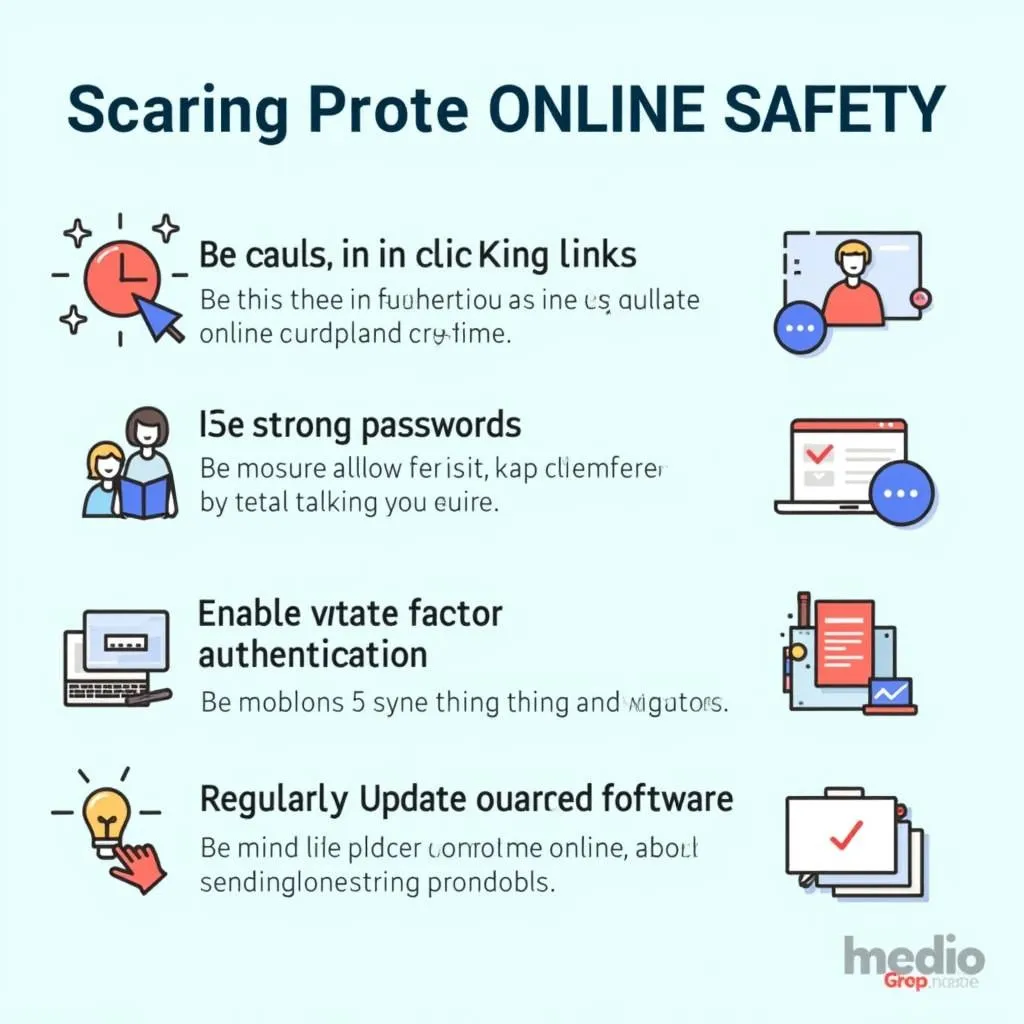The digital world, for all its wonders, has a dark underbelly. Lurking in the shadows are scammers, always devising new ways to trick unsuspecting users. One particularly cunning scheme is the “Designing Spaces Email Scam,” where malicious actors exploit people’s interest in home renovation and interior design. This article equips you with the knowledge to identify and avoid falling victim to this scam.
Understanding the Designing Spaces Email Scam
This scam typically starts with an email seemingly from a reputable interior design show, like “Designing Spaces,” or a well-known home improvement retailer. The email might announce a contest, a special offer, or a survey, all promising enticing rewards like home makeovers, gift cards, or cash prizes.
 Example of a Designing Spaces Scam Email
Example of a Designing Spaces Scam Email
Red Flags to Watch Out For
While these emails can appear genuine, there are telltale signs that should raise your suspicions:
- Suspicious Sender Address: Always scrutinize the sender’s email address. Look for misspellings, unusual characters, or domain names that don’t match the legitimate organization.
- Generic Greetings: Scammers often use generic greetings like “Dear homeowner” or “Dear valued customer” instead of addressing you by name.
- Urgent Language: The email might create a sense of urgency, pushing you to act quickly to avoid missing out. This pressure tactic is a classic manipulation technique.
- Requests for Personal Information: Be wary if the email asks for sensitive personal information, like your social security number, bank details, or credit card information. Legitimate contests or offers rarely require such data via email.
- Too Good to Be True Offers: If it sounds too good to be true, it probably is. Be skeptical of extravagant promises or prizes that seem unrealistic.
- Grammatical Errors and Typos: Poor grammar, spelling mistakes, and awkward phrasing are strong indicators of a scam email.
 Identifying Red Flags in a Phishing Email
Identifying Red Flags in a Phishing Email
Protecting Yourself from the Designing Spaces Email Scam
- Don’t Click on Links or Open Attachments: If you receive a suspicious email, avoid clicking any links or opening attachments. These could lead to fake websites designed to steal your information or download malware onto your device.
- Verify Directly with the Organization: If you’re unsure about an email’s legitimacy, contact the organization directly using their official contact information, which you can find on their website or through a trusted source.
- Report Suspicious Emails: If you believe you’ve received a scam email, report it to the Federal Trade Commission (FTC) at ReportFraud.ftc.gov.
- Enable Spam Filters: Make sure your email provider’s spam filters are enabled. These filters can help identify and block suspicious emails before they reach your inbox.
 Tips for Staying Safe Online
Tips for Staying Safe Online
Conclusion
The “designing spaces email scam” preys on people’s aspirations for a beautiful home. By understanding the tactics used by these scammers and following the protective measures outlined above, you can safeguard yourself and your finances from falling victim to this and similar online scams. Remember, staying informed and being cautious online is the best defense against these threats.
Need assistance? Contact us at Phone Number: 0902476650, Email: [email protected] or visit us at 139 Đ. Võ Văn Kiệt, Hoà Long, Bà Rịa, Bà Rịa – Vũng Tàu, Vietnam. Our customer support team is available 24/7.





